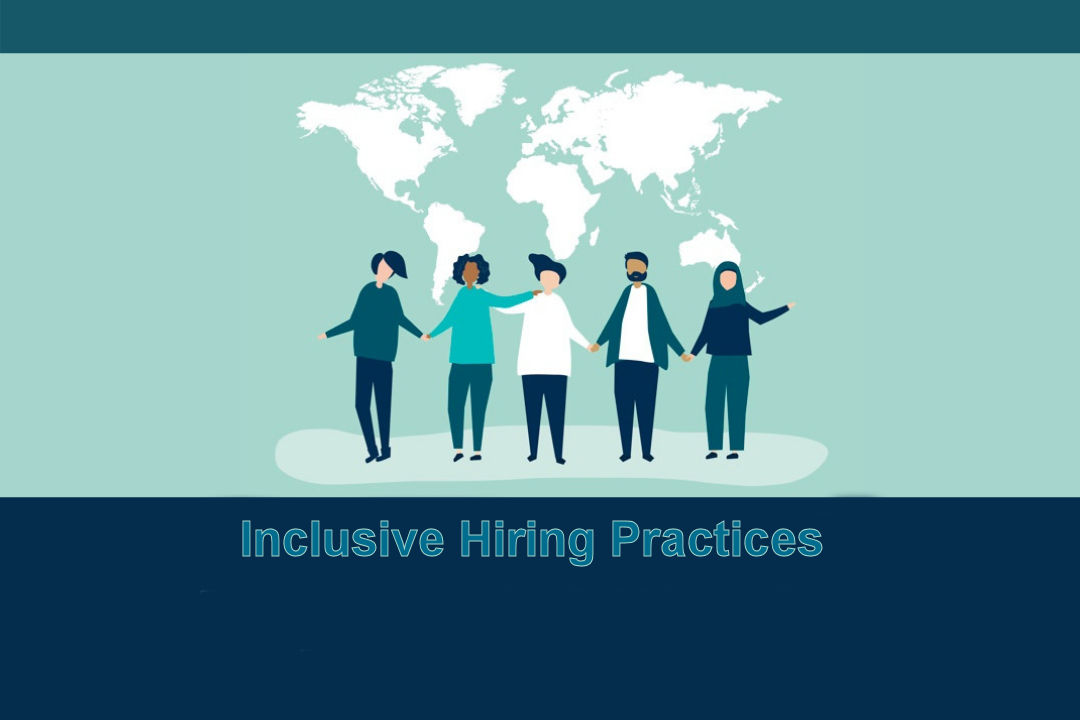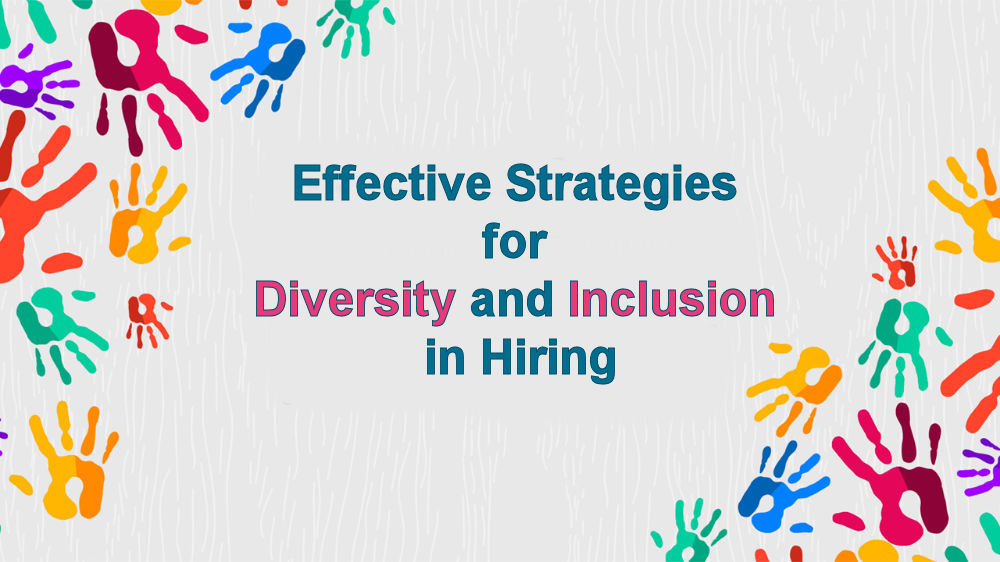In today’s business world promoting diversity and inclusion in the workplace is not only a moral obligation but also a key factor for success. Studies consistently show that diverse teams are more innovative, creative and adept at solving problems.
Companies that incorporate diversity and inclusion strategies into their hiring practices are better equipped to attract and keep top talent.
The Significance of Diversity and Inclusion at Work
-
Enhancing Creativity and Innovation:
Having a workforce with perspectives and backgrounds cultivates an environment where creativity and innovation flourish. Varied viewpoints can spark solutions and ideas that may not emerge within a uniform team.
-
Improving Decision Making:
Diverse teams contribute to decision making processes. By integrating various perspectives organizations can make informed decisions that benefit the company.
-
Attracting High Caliber Talent:
Employers who prioritize diversity and inclusion appeal more to job seekers. Many candidates seek out companies that display a commitment, to diversity and inclusion seeing them as signs of a thinking and supportive work environment.
-
Increasing Employee Engagement and Retention:
Inclusive workplaces typically experience higher levels of employee engagement and retention. Employees who feel appreciated and included are more inclined to show loyalty to the company and stay for a longer period.

Tips for Improving Diversity in the Recruitment Process
-
Neutral Job Descriptions
Avoid Gender Specific Language: It’s crucial to use language that’s inclusive of all genders in job descriptions to attract a wide range of applicants. Tools like Textio can assist in identifying and replacing terms with more neutral language.
Focus on Key Qualifications: Highlight the skills and qualifications required for the position avoiding an excessive list of requirements that may discourage candidates from underrepresented groups from applying.
Studies show that women for instance tend to apply only if they meet all listed qualifications whereas men apply even if they meet some.
Emphasize Diversity & Inclusion Commitment: communicate your organizations dedication to diversity and inclusion in job postings to attract a diverse pool of applicants who value inclusivity.
-
Diverse Interview Panels
Incorporate Diverse Perspectives: Form interview panels comprising individuals from backgrounds to ensure a range of viewpoints are considered during the hiring process reducing unconscious bias.
Training for Interviewers: Provide training on bias and cultural awareness, for all interview panel members.
Interviewers can use this method to identify and address their biases resulting in an impartial assessment of all applicants.
Consistent Interview Questions: Employing a set of questions for all candidates guarantees a fair and uniform evaluation minimizing bias and ensuring that every candidate is judged based on the same standards.

-
Metrics for Monitoring Diversity Progress
Establish Clear Objectives; Define specific measurable objectives for diversity and inclusion within your company. These objectives could include targets for the representation of demographic groups across different organizational levels.
Regularly Assess Metrics; Continuously. Evaluate diversity metrics to measure progress towards your goals. This may involve monitoring the diversity of applicants, interviewees, new hires well as retention rates and employee satisfaction scores.
Responsibility; Sharing updates on diversity and inclusion objectives with all staff members promotes trust and accountability motivating everyone in the organization to contribute to D&I initiatives.
Employee Input; Gather feedback from employees regarding the effectiveness of D&I programs. This feedback can offer insights, into areas needing improvement and help shape future strategies.
-
Inclusive Hiring Practices
Expand Sourcing Channels; Utilize sourcing channels to access a wide range of candidates.
Developing partnerships with organizations that advocate for marginalized communities participating in job fairs and utilizing social media platforms can be part of the strategy.
One approach is to adopt recruitment methods, where details like names, gender and educational background are omitted from applications to avoid unconscious biases affecting hiring choices.
Encouraging staff to recommend candidates from backgrounds through diversity focused referral programs can help prevent unintentional favoritism towards uniformity.

-
Onboarding and retention efforts are crucial
Creating inclusive onboarding programs that cater to all new hires by offering resources and support networks tailored to diverse employees is key.
Implementing mentorship and sponsorship initiatives aimed at assisting the career growth of staff can bridge gaps in access to opportunities and career progress.
Establishing Employee Resource Groups (ERGs) that advocate for groups within the company is beneficial. These groups play a role in nurturing an inclusive organizational culture and providing input on diversity and inclusion endeavors.
Conclusion
Effective strategies for diversity and inclusion in recruitment are vital, for fostering an innovative and successful work environment.
By focusing on unbiased job descriptions, diverse interview panels, tracking D&I metrics, and inclusive recruitment and onboarding practices, organizations can build a more equitable hiring process.
This foundation leads to a dynamic, innovative, and resilient workforce that mirrors the diversity of the world we live in.


